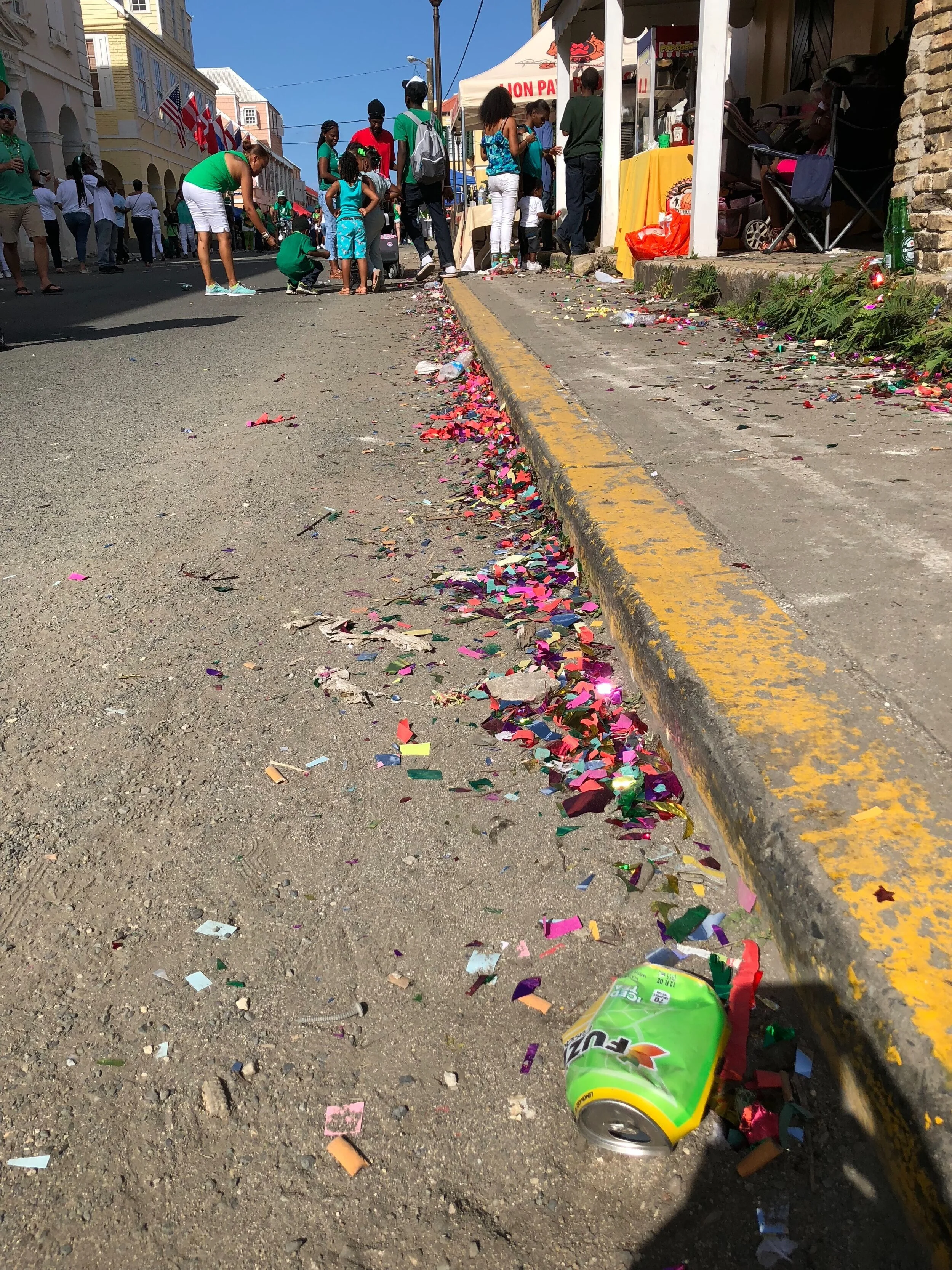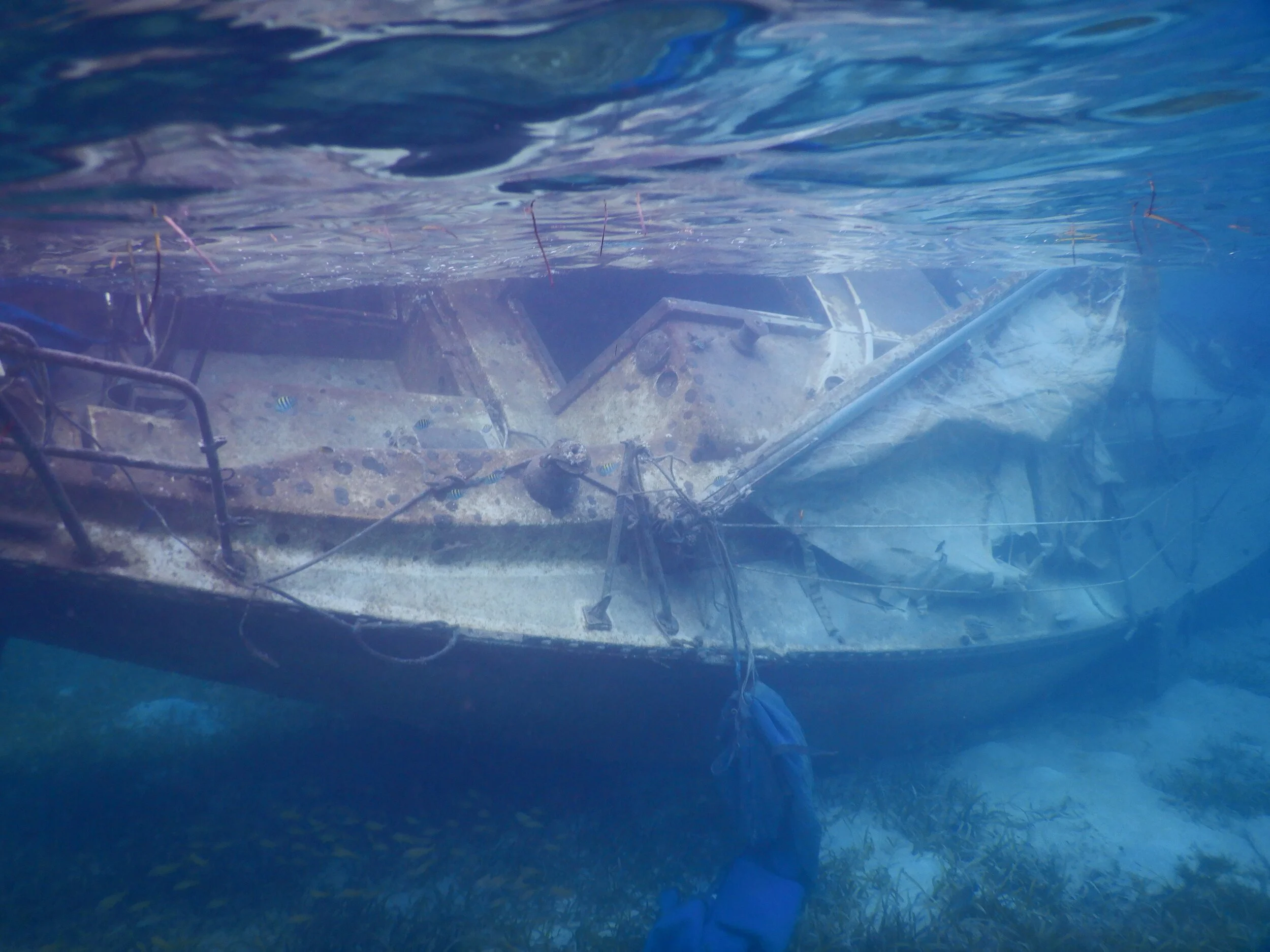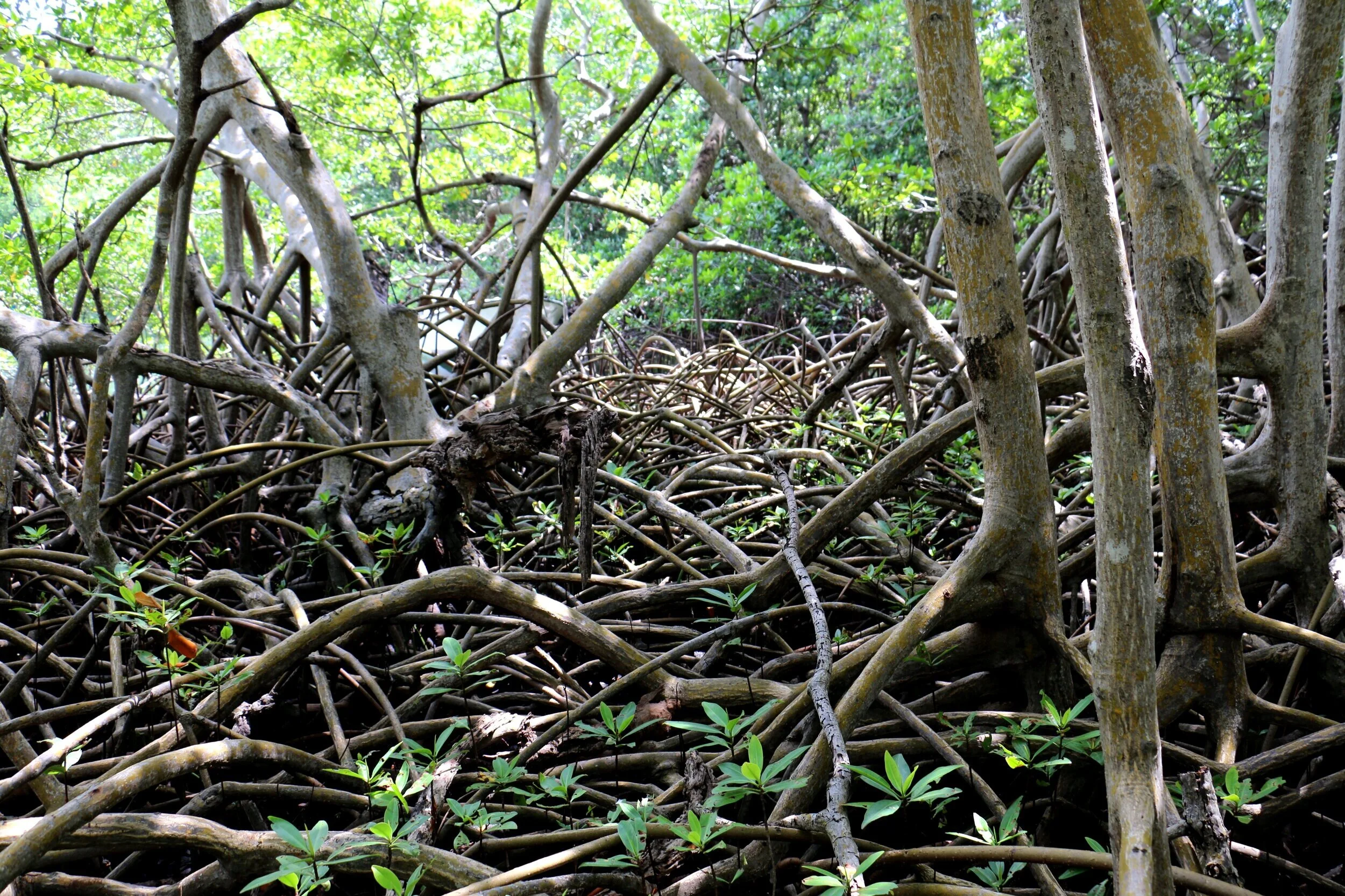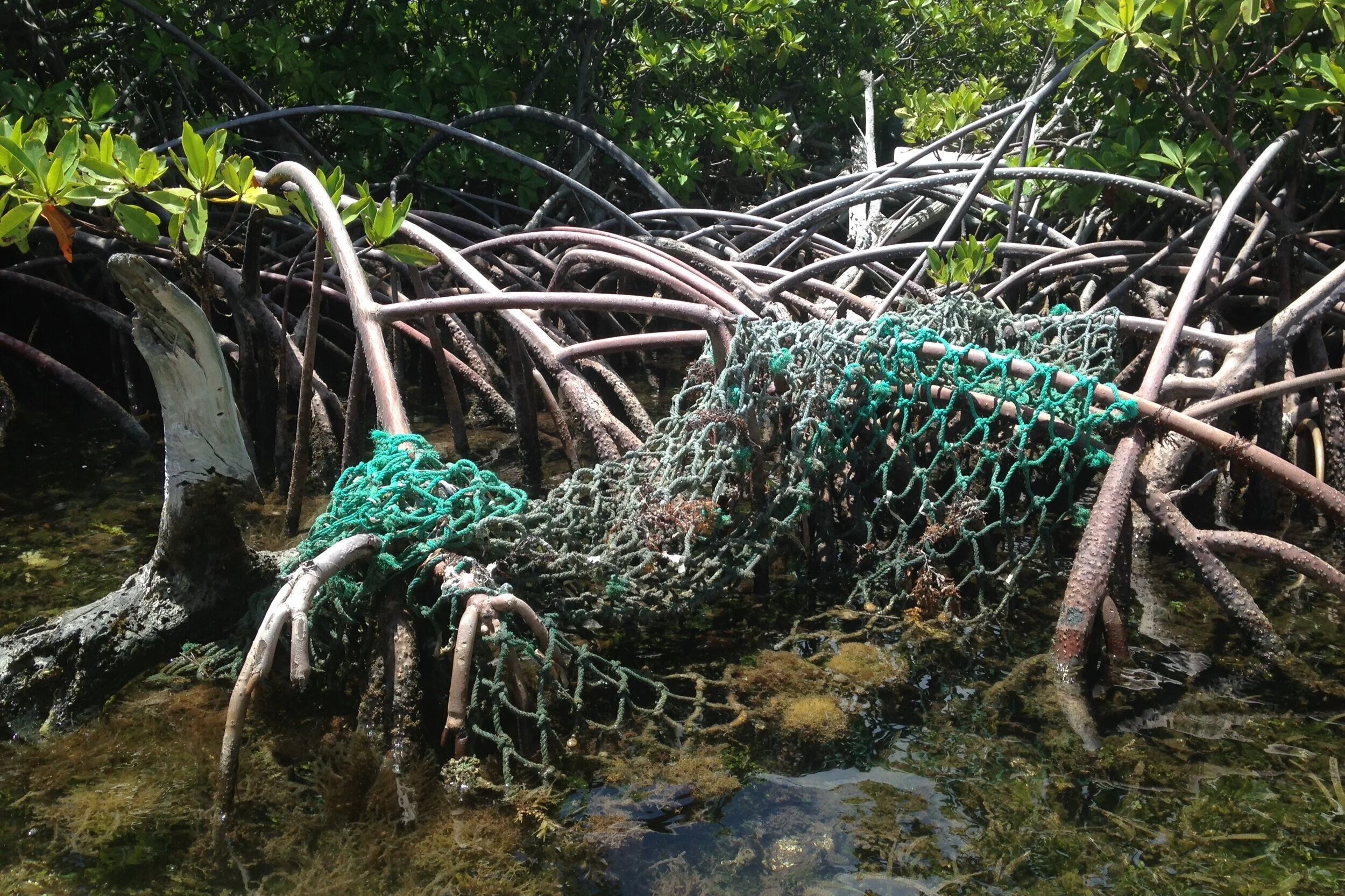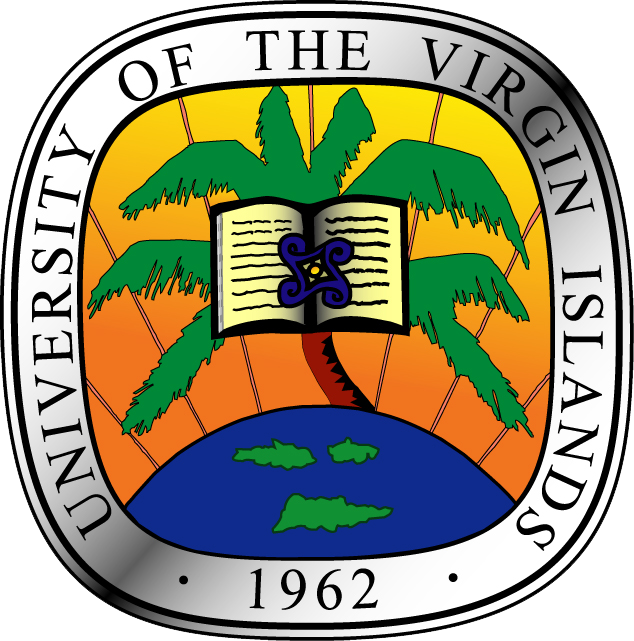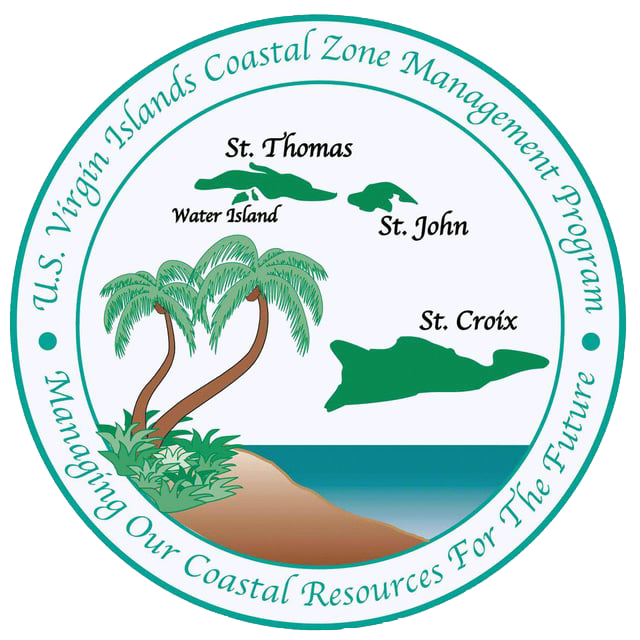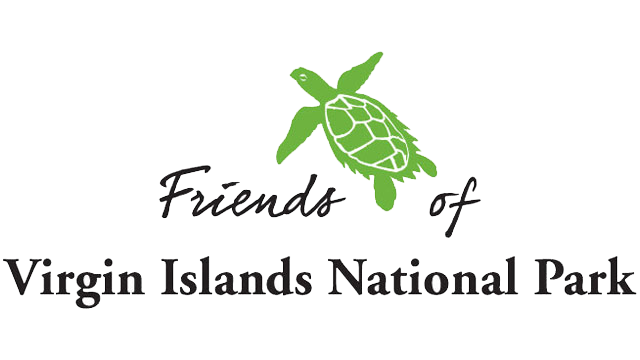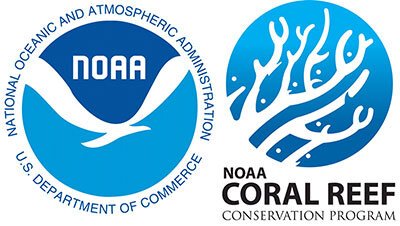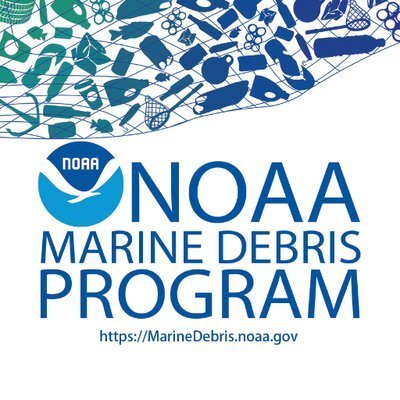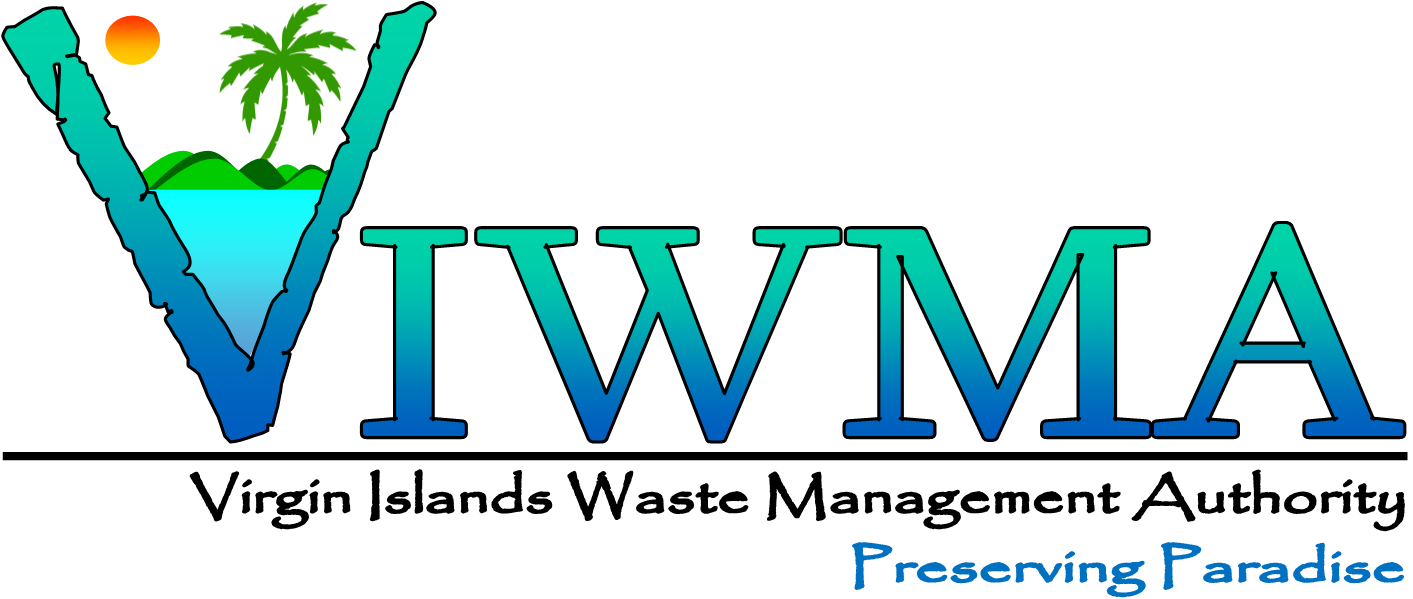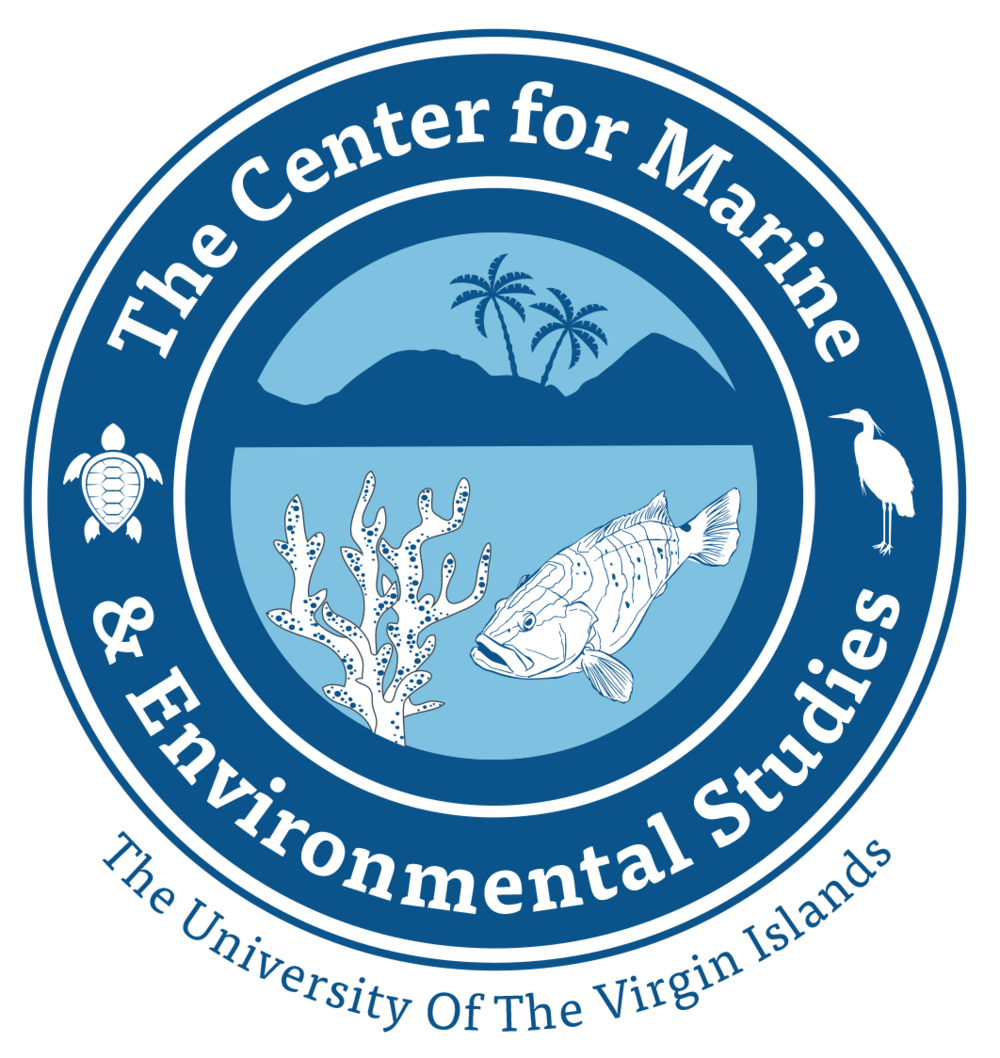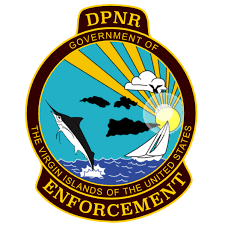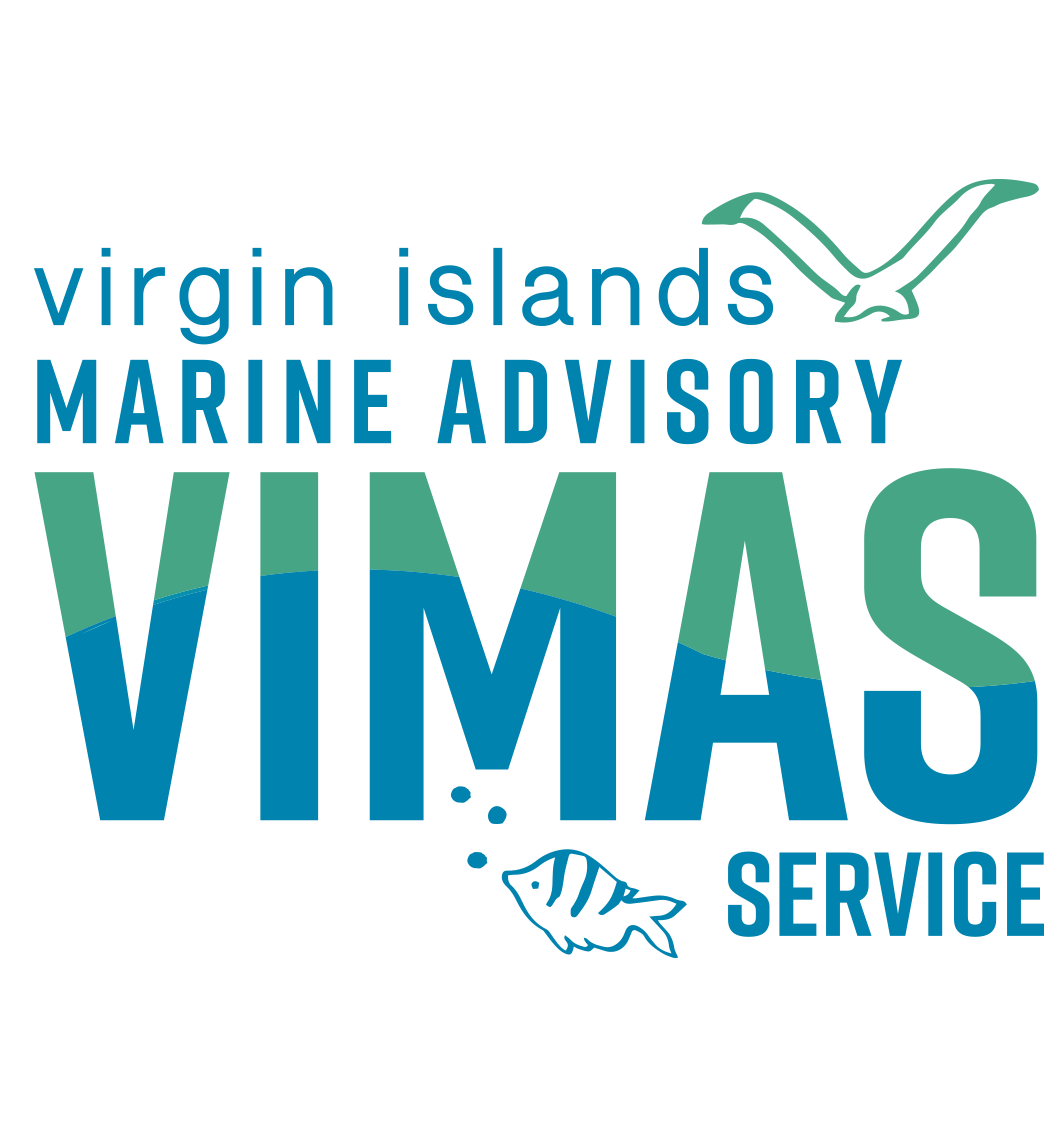The Tide is Turning on Marine Debris in the Territory
Living on an island in the middle of the Caribbean Sea with crystal clear turquoise waters, white sandy beaches, and salty breezes can be peaceful. However, islands are also vulnerable to the risks of marine debris. Marine debris affects our everyday life, from the awful sight of it on our beaches, to the economic toll that it can take on our tourism industry. In the U.S. Virgin Islands (USVI), approximately 90% of marine debris comes from land-based sources. It is up to us to prevent and reduce the amount of marine debris that ends up on our shorelines.
Volunteers from various ICC Cleanups on St. Thomas over the years. Photo credits: Howard Forbes, Jr.
Community Efforts in Tackling Marine Debris
The prevalence of marine debris in the USVI is not a new challenge. In fact, community, government, and private institutions and organizations have been hosting and participating in marine debris activities (i.e., cleanups, policy, legislation, research) since the 1980’s. The timeline below illustrates some of the important marine debris cleanup efforts that have taken place over the last 39 years.
Among the many efforts to battle marine debris, one that has stood the test of time is Coastweeks, which got its start as part of the International Coastal Cleanup (ICC). Created by The Ocean Conservancy, the ICC is a global effort to help communities around the world organize and carry out beach cleanups. One cool aspect of these cleanups is that volunteers who participate take note of all the debris they pick up, and that info is used to support new policies to fight debris! Usually, the ICC takes place each year on the third Saturday in September. However, in the USVI, we take it a step further by extending the ICC throughout the months of September and October into what we now dub Coastweeks. The USVI has been participating in these cleanups since 1986 on all three islands! Over the years, there have been many organizations in the territory that have hosted cleanups during ICC’s Coastweeks. Some of these organizations include the Virgin Islands Marine Advisory Service (VIMAS) in partnership with the University of the Virgin Islands (UVI) Center for Marine and Environmental Studies (CMES), the Friends of the East End Marine Park on St. Croix, the Environmental Association of St. Thomas (EAST), and many more.
Even more funding received for this effort can be seen in this historical timeline. Credit: Elisa Bryan
Although they are undoubtedly helpful, volunteer cleanups aren’t enough to combat marine debris. Some debris is just too big for volunteers to safely remove, and disaster events, like hurricanes, can create mountains of new debris, often in places that are tricky to reach. Not to mention, to really confront marine debris, we need to look at where it’s coming from and cut off its source.
Cultural events like Carnival have the potential to produce marine debris is trash items are not properly disposed of. Photo credit: Kristin Wilson Grimes.
Another example of a debris source: The St. Patrick’s Day Parade, St. Croix. Photo credit: Kristin Wilson Grimes.
One more example of a debris source: Carnival parade on St. Thomas. Photo credit: Kristin Wilson Grimes
Aside from hosting cleanups, the USVI has received external funding over the years to tackle marine debris in the territory:
The Coral Bay Community Council (CBCC) has been awarded funds by a variety of agencies (e.g. The National Oceanic and Atmospheric Administration (NOAA), the Department of Planning and Natural Resources (DPNR), the Community Foundation of the Virgin Islands, etc.) to aid in vessel removal in Coral Bay. “The Coral Bay Community Council and the people of Coral Bay have been very grateful over the years for the support to remove debris from community volunteers, NOAA, DPNR, the Community Foundation of the Virgin Islands, as well as other private donors,” says Sharon Coldren, CBCC President, “We are continuing today to clean up debris that we continue to find from the hurricanes of 2017.”
In 2016, UVI received funding from the NOAA Marine Debris Program. This funding supported the creation of a USVI-specific marine debris curriculum that will be released in the Fall of 2020. It also provided funding to territorial educators to conduct marine debris mini-projects with their students with support from Masters of Marine & Environmental Science students at UVI. These efforts gave teachers in the territory opportunities to incorporate the impacts of marine debris into their lesson plans.
In 2017, NOAA awarded DPNR with $4.2 million to remove derelict vessels and provide community support for cleanup of debris from Hurricanes Irma and Maria.
Photographed after 2017 Hurricanes Irma and Maria, this boat crushing mangroves are one of over 400 derelict vessels removed by the United States Coast Guard (USCG). Photo Credit: Kristin Wilson Grimes.
This boat smothering seagrass beds was also photographed after the 2017 hurricanes. It was removed by USCG.
Photo Credit: J. Cruz.
Prevention is Key!
“It is up to us to prevent and reduce the amount of marine debris that ends up on our shorelines.”
When it comes to marine debris, prevention is key! In recent years, there have been lots of efforts to prevent marine debris: from new territorial laws, to increases in knowledge of the problem, to better planning and coordination of marine debris response to emergency events. In 2017, the USVI Legislature passed a bill banning single-use plastic bags at point-of-sale checkouts. An amendment to this bill was made in 2018 to include a ban on plastic straws (Amendment No. 32-740 for Bill No. 31-0379). But this is where Coastweeks marine debris data are helpful!! Beach clean-ups tell us that the most common marine debris items are plastic bottles, glass bottles, and their bottle caps. That’s why, in 2020, efforts are turning towards new ways to reduce single-use bottles. VIMAS is spearheading a glass crushing effort, funded through the Community Foundation of the Virgin Islands by the Island Spirit Fund. This effort aims to turn those bottles into sandbags for hurricane prep, and VIMAS is partnering with DPNR, VI Department of Education, and My Brother’s Workshop to get water bottle refill stations into local schools.
During the past two years, the territory has ramped up its response to marine debris through education as well. In 2018, participants from DPNR and UVI attended the 6th International Marine Debris Conference in San Diego, CA to share their research and learn what other places are doing to tackle debris. In 2016 and 2018, UVI hosted Marine Debris Educators Workshops with teachers from across the territory. The teachers and educators that attended these workshops helped to create the USVI Marine Debris Curricula (funded by NOAA Marine Debris Program), which will be distributed as a free resource for science teachers to all the schools in the territory!
Researchers and Education and Outreach professionals presented at the NOAA-sponsored 6th International Marine Debris Conference in San Diego, CA in March 2018. Photo credit: Nicole Rodi.
Educators brainstorm improvements to the marine debris curriculum at the 2nd Marine Debris Educators Workshop in March 2018. Photo credit: Kristin Wilson Grimes
Between 2017 and 2019, the NOAA Marine Debris Program worked with local key stakeholders to create the U.S. Virgin Islands Marine Debris Emergency Response Guide, which was just released in May 2020. Also in 2019, the NOAA Marine Debris Program awarded funds to UVI to draft the USVI Marine Debris Action Plan, a first for all U.S. insular areas, to guide efforts and increase collaboration among partners working to reduce marine debris. This award also supports the Great Mangrove Clean-Ups through 2021, and expands them beyond St. Thomas, to include St. John and St. Croix. "The NOAA Marine Debris Program is excited to partner with UVI and the USVI community to reduce the impacts of marine debris,” Ashley Hill, from the NOAA Marine Debris Program says, “Community-based events, such as the Great Mangrove Clean-ups, not only remove harmful marine debris from vulnerable habitats, they also educate and inspire the local community to prevent debris at the source, leading to long-term benefits to our environment." What are these “Great Mangrove Clean-Ups,’ you ask? Read on to find out!
The Great Mangrove Clean-Ups
A mountain of debris pulled from the mangroves at STEER by volunteers during the first annual Great Mangrove Clean-up in 2018. Notice the hundreds of plastic bottles and cups! Photo credit: Jarvon Stout.
The majority of coastal cleanups that have taken place throughout the territory have happened on beaches, but we all know the USVI coastlines are more than just beaches! And marine debris doesn’t discriminate: you can find it across all coastal and ocean habitats. That’s why, in 2018, the first-ever, large-scale, mangrove, community cleanup took place in the St. Thomas East End Reserve (STEER; Permit No. DFWCZM 17004T funded in part by the NOAA Coral Reef Conservation Program and the NOAA Marine Debris Program). Doing this mangrove clean-up gave us a new opportunity to compare marine debris data across different coastal habitats. And there are some crazy differences! There were approximately 7x more plastic beverage bottles, approximately 15x more miscellaneous plastic bottles (i.e. cleaning bottles), and 8x more plastic cups found per mile in the mangrove shorelines than found on beaches during the 2016 territory-wide cleanups.
After discovering how much more debris there was in mangrove shorelines of STEER compared to beaches, we realized that mangroves may be more susceptible to the perils of marine debris. Mangroves create a jungle-gym of roots above the ground, and it is much easier for debris to get caught there compared to sandy beaches. This root-maze also makes them harder to clean, meaning these shorelines often get overlooked when planning a cleanup. They are also fragile ecosystems, however, so it’s important that cleanups that focus on them are permitted by the local government and that volunteers are trained to reduce potential damage to plants, something that is done at every Great Mangrove Clean-Up.
A closer look at a jungle-gym of mangrove roots at the St. Thomas East End Reserves, a marine protected area and NOAA priority watershed. Photo credit: Kristin Wilson Grimes.
Fishing nets like this are just one type of marine debris that the Great Mangrove Clean-Ups are working to tackle. Photo credit: Kristin Wilson Grimes.
Summary of the data collected at the 1st Annual St. Croix Great Mangrove Clean-Up. Credit: Elisa Bryan.
In 2019, a second large-scale cleanup within STEER (Permit No. DFWCZM 17004T) was organized and the results of this cleanup, combined with the 2018 STEER cleanup, helped UVI get even more funding through the NOAA Marine Debris Program to expand these mangrove-based cleanups to vulnerable areas of St. Croix and St. John.
To follow up on the work done in STEER, the 1st Annual St. Croix Great Mangrove Clean-Up was held on February 22, 2020 (Permit No. DFW 20001U) . Eighty-two volunteers aged 4-71 came out to Salt River Bay, St. Croix. A total of 1.8 miles of shoreline was cleaned and almost 900 pounds of marine debris were removed! Glass beverage bottles were the most prominent type of debris removed (355), aluminum beverage cans were the second most prominent (311), and plastic beverage bottles came in at a close third (291). Volunteers also had quite a few ‘weird’ finds such as a pregnancy test, a DVD player, a small doll’s hand, two mattresses, tires, and three abandoned crab traps.
A volunteer poses with one of our ‘Weird Finds’ during the 1st Annual St. Croix Mangrove Clean-Up--a doll’s hand! Photo Credit: Leslie Henderson.
These top three types of debris that we found during this cleanup all come from land-based sources, and all are types of drink-ware. It’s important to consider the types of debris that end up on our shorelines so that we can make changes to stop them at their source. “These events show the tremendous positive impact our community can have when we work together to find solutions,” said Dr. Kristin Wilson Grimes, team leader of the Great Mangrove Clean-Ups. “The real solution to trash along our shorelines is to prevent it in the first place. More than 90% of marine debris in the territory comes from land-based sources – that means it comes from us - which means we can prevent it, if we have the will.”
COVID-19 Impacts Planned Clean-Up Efforts
To continue with the expansion of the Great Mangrove Clean-Ups, the 1st Annual St. John Great Mangrove Clean-Up was scheduled for March 28th, 2020 in Coral Bay. However, due to the COVID-19 pandemic, and government-issued restrictions and guidance against large gatherings, the cleanup was postponed. Still, enthusiasm for the Great Mangrove Clean-Up remains! “We are excited to reschedule! This clean-up has the potential to be the biggest one yet in terms of the amount of debris we could remove,” says team member Allie Durdall, of UVI. “The widespread debris we saw in the mangroves all across Coral Bay really opened our eyes to the positive impact a large-scale clean-up could have there.”
Great Mangrove Clean-Up team members Maggie Rios (left) and Allie Durdall (right) scout access points for the St. John Great Mangrove Cleanup in Coral Bay. Photo credit: Dr. Kristin Wilson Grimes.
The 3rd Annual Great Mangrove Clean-Up event for St. Thomas was scheduled for April 25th, 2020 in STEER, but was also postponed due to COVID-19.
These cleanup events require a great deal of coordination between partners and sponsors. Without help from local community partnerships, these cleanup events would not be possible. We get help from local non-profit organizations that act as liaisons between the community and us, local businesses that donate their time and/or supplies to the event, and governmental agencies that provide not only logistical support, but staff, time, supplies, and in-kind donations as well for these events. You can check out (and help us to thank!) our many partners and sponsors listed at the end of this article.
How You Can Help Turn the Tide on Marine Debris
Preventing and reducing marine debris in the territory is something that each and every one of us can be a part of. The Great Mangrove Clean-Ups and the territorial beach data from the ICC show us that the majority of our debris is generated by single-use disposable drink-ware. So, we challenge you. “Take the USVI Marine Debris Pledge by reusing your beverage containers when possible, recycling them, or if you have to throw them away, making sure they get into a proper waste receptacle. Together we can make a difference!”--Dr. Kristin Wilson Grimes.
There are several ways to get involved and help tackle marine debris in the territory! This activity book, specific to the USVI, is a great and fun way for kids to learn about marine debris. Click here to learn more about the ICC Coastweeks cleanups in the territory and if you or anyone you know is participating in a cleanup, please help us collect important data by using these easy-to-use data sheets, or by downloading the Clean Swell App for Android and iPhones. If you do use a data sheet for your next cleanup, please email the completed data to Howard Forbes Jr. at howard.forbes@uvi.edu so the data can be entered into the territorial database.





